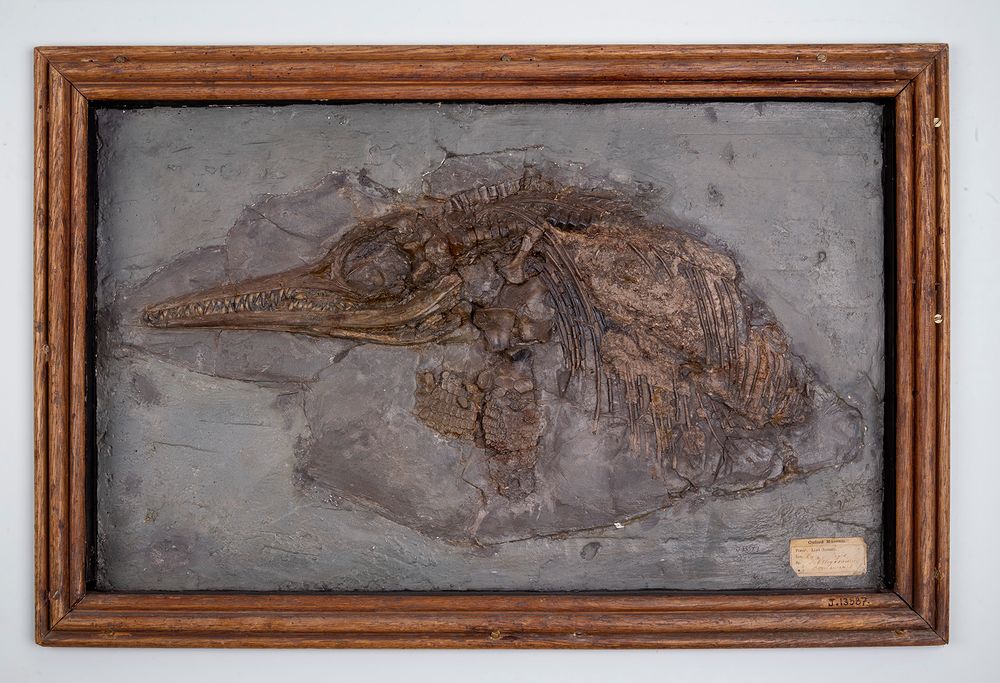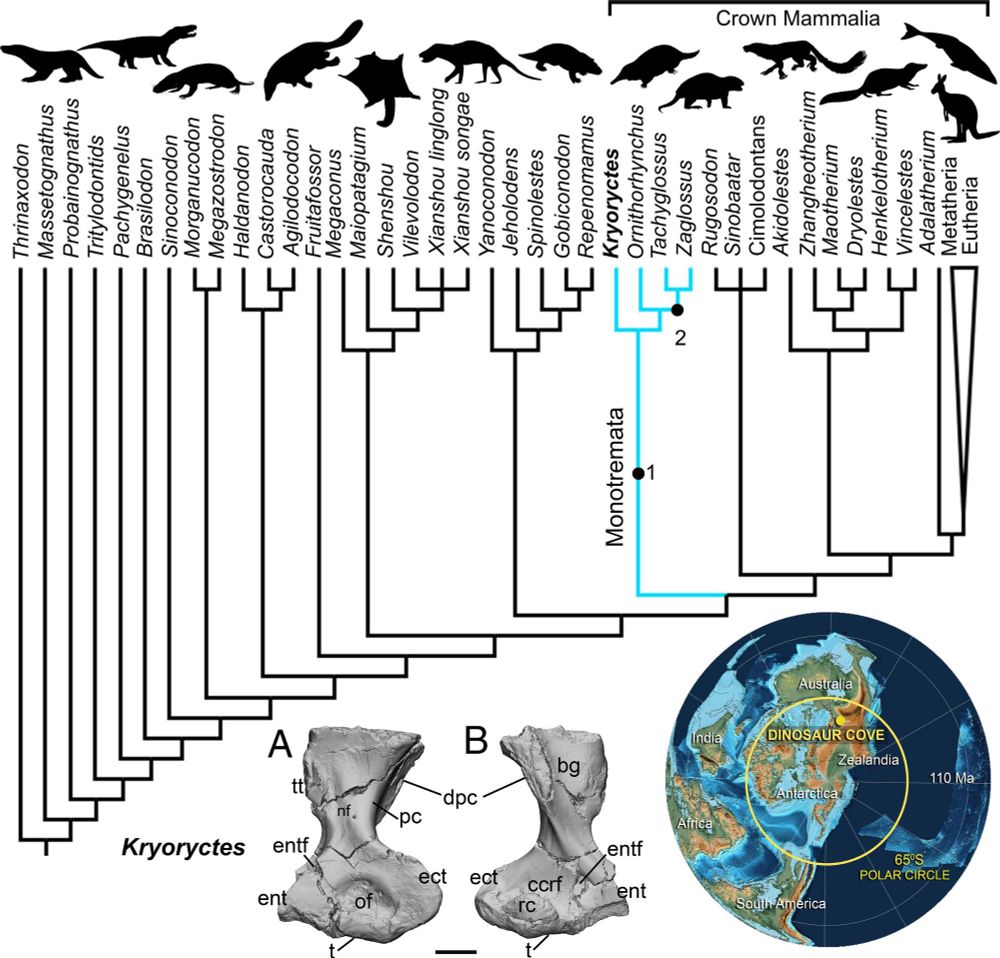

They're birds. That just hatched. That lived in the Arctic. 73 million years ago.
And thus: polar bird nesting colonies are not new, but a long-term norm of Earth history.
My take @theguardian.com
www.theguardian.com/science/2025...

They're birds. That just hatched. That lived in the Arctic. 73 million years ago.
And thus: polar bird nesting colonies are not new, but a long-term norm of Earth history.
My take @theguardian.com
www.theguardian.com/science/2025...
I'll post some resources in this thread on how you could help them, even if you don't have a yard to plant native flowers!
I'll post some resources in this thread on how you could help them, even if you don't have a yard to plant native flowers!
This 195-million-year-old marine reptile was discovered in Lyme Regis at some time before 1836 by the British palaeontologist Mary Anning (1799–1847).

This 195-million-year-old marine reptile was discovered in Lyme Regis at some time before 1836 by the British palaeontologist Mary Anning (1799–1847).
www.pnas.org/doi/10.1073/...

www.pnas.org/doi/10.1073/...


